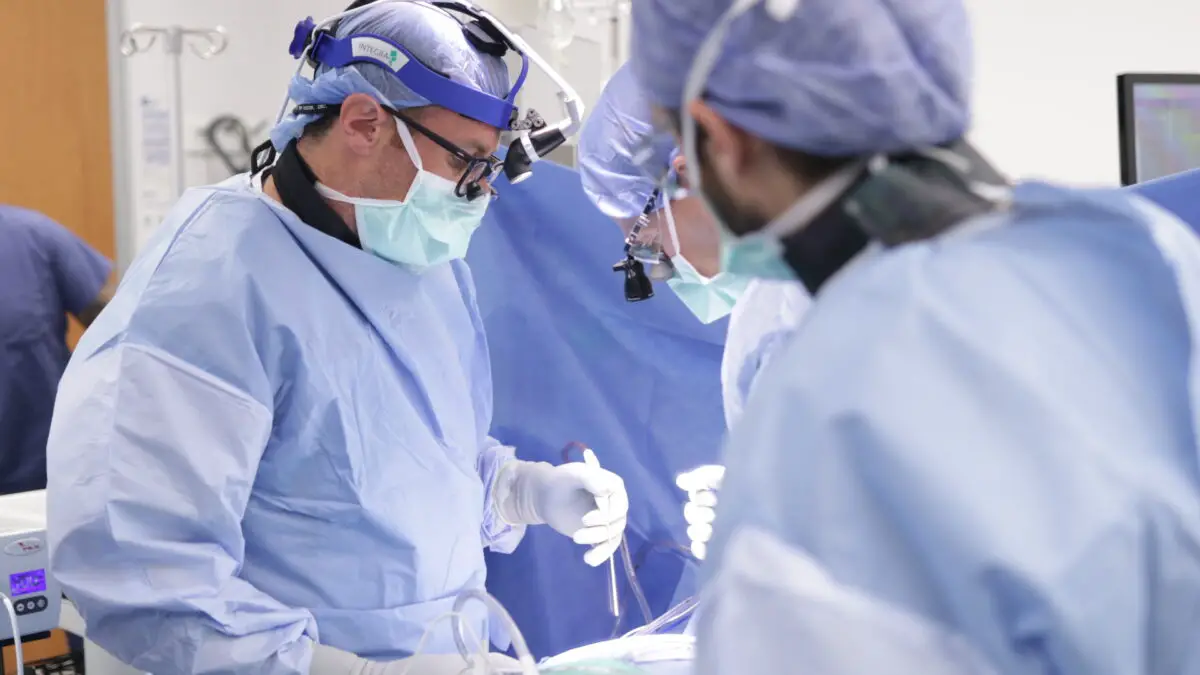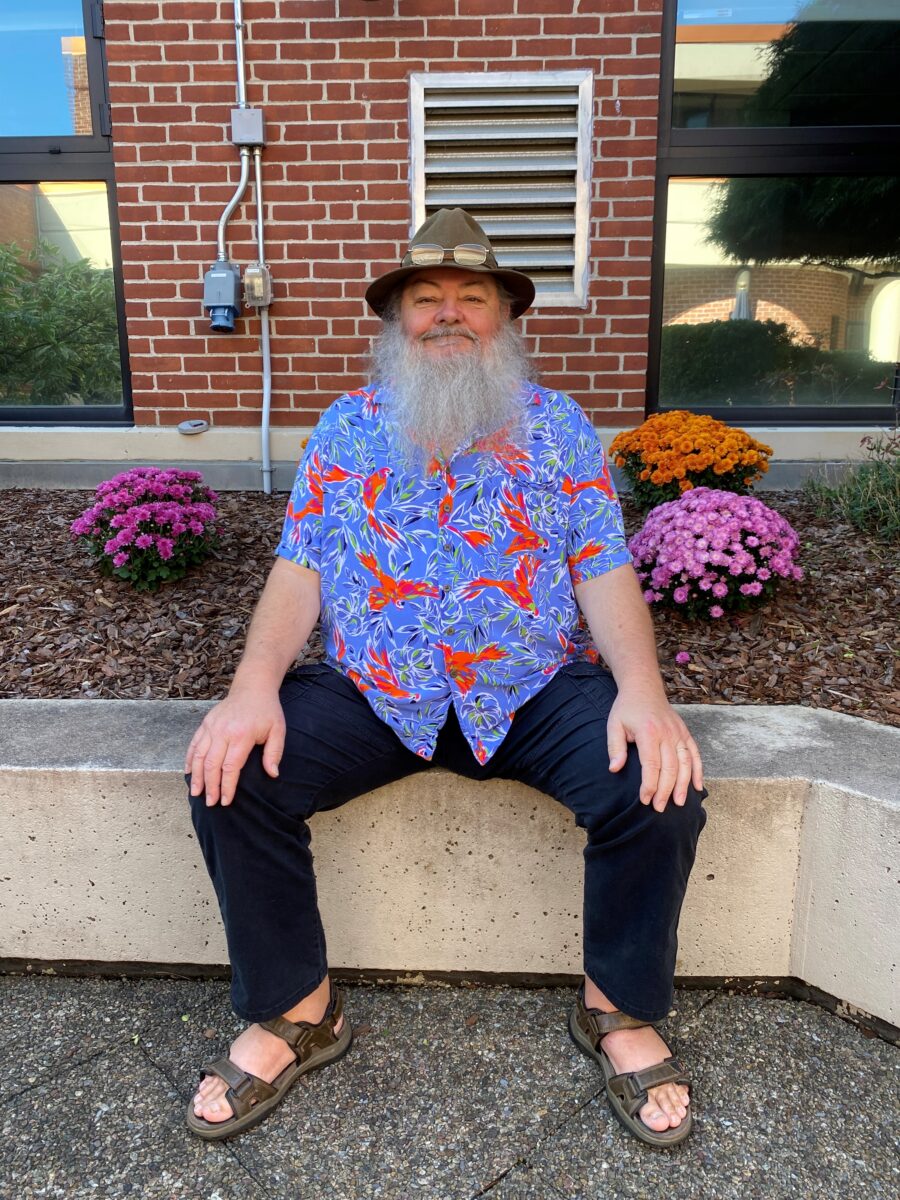
On Oct. 5, Nuvance Health’s Danbury Hospital was the site of Connecticut’s first use of the Total Posterior Spine Surgery System (TOPS).
Clarence Shrack of New Milford was the recipient of the historic procedure with Dr. Joshua Marcus, a neurosurgeon, treating Shrack’s spinal stenosis, a condition that is typically caused by changes in the spine due to the wear-and-tear associated with arthritis. It results in the backbone having too little space in its interior, which puts pressure on the spinal cord and related nerves.
Some of those dealing with the condition will not notice any symptoms, but others will experience pain, weakness, and numbness which can start as minor afflictions and increase in severity over time.
“The sharp pain radiated down my lower back to my right knee,” Shrack said of what he experienced before the surgery. “It was like having a profound toothache in my leg. It was ridiculous.”
The TOPS system involves the installation of a supportive but flexible implant that can replace a section of bone in the spinal column which both relives pressure and offers a wide range of movement, as opposed to the older techniques that stiffen the spine to improve structural integrity. Before TOPS was approved for general use by the U.S. Food and Drug Administration this past summer, the primary treatment for both spinal stenosis and spondylolisthesis (a condition with similar symptoms caused by a vertebra slipping forward) was spinal fusion surgery or instrumentalization.
“Spinal fusion has some long-term ramifications,” Marcus explained. “It can transfer some of the stress to the other levels of the spine. Those spinal levels can endure more stress in the short term, and in the long-term leading to more breakdowns and arthritis type problems, potentially causing even more stenosis or nerve compression because we made the spine more rigid and limited mobility.”
In contrast when using the TOPS system, Marcus said the procedure effectively replaces small but important parts of the lumbar portion of the spine, thus “preserving motion in all degrees and dimensions, eliminating that stress at all levels. We are able to preserve the normal physiological movement of the spine while still being able to decompress it.”
Marcus stated the surgery resulted in immediate and dramatic results.
“The patient really came off of all pain medications within a week or two, and he’s back to his normal activities and had a really rapid improvement in his pain,” said Marcus.
Schrack agreed, noting, “The leg pain was gone right after surgery. It has been a few weeks since surgery and I am practically dancing. I have had back problems for nearly four years, and I have more range of motion and flexibility now than even before surgery.”
Marcus noted that demand for the procedure is already high, and he expects it to be particularly popular amongst younger patients who place a high value on being able to maintain an active lifestyle. He stressed that Nuvance facilities, in particular Danbury Hospital, have some of the region’s most experienced spine experts, but added that given the demand expected other medical institutions will “have picked this up, so we’re hoping to continue moving along and perfect the procedure as we continue to improve upon it and find the patients it is the right procedure for.”
As a surgeon, Marcus said, “I’m attracted to new technology, to finding better ways to do what we’ve been doing for many years. I think when there’s newer procedures and newer technologies it’s our responsibility to bring them to our patients.”
Nuvance currently offers the procedure at Danbury Hospital, Norwalk Hospital, and the Vassar Brothers Medical Center in Poughkeepsie.






















